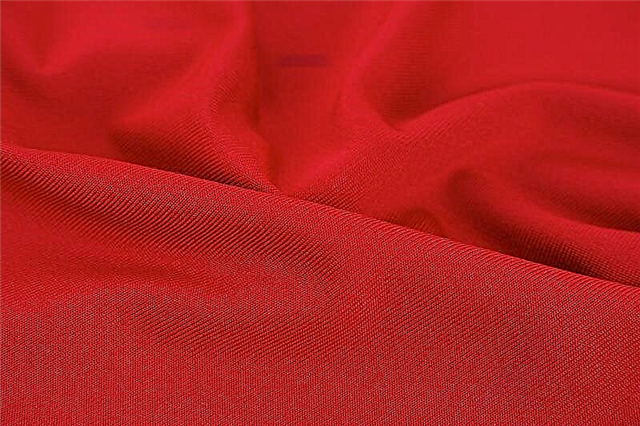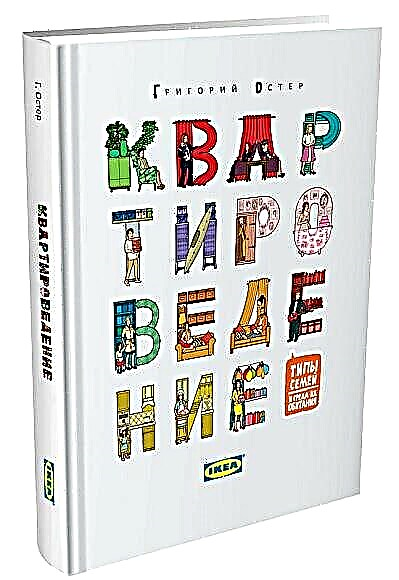Share
Pin
Tweet
Send
Share
Send
Jersey is a heavy, most often dense knitted fabric, woven industrially from woolen, silk, viscose, cotton or synthetic yarns.
 Photo: pixabay.com
Photo: pixabay.comThis knitted fabric has good elasticity and low elongation, but it perfectly retains the shape of the finished product.
Favorite Fabric Coco Chanel
 Photo: Creative Commons
Photo: Creative CommonsInitially, the jersey was made only of wool. The stunning popularity of this fabric is due to the famous Gabrielle Chanel. It was she who introduced this fabric to women's fashion during the First World War. At that time, Coco met with the manufacturer Rodier, who produced raw materials for jersey, from which they sewed underwear for athletes. Samples of the ordered fabric turned out to be rough and prickly, but Coco bought everything that Rodier had and sewed several coats of a frock coat, which dispersed in just a few hours. After that, she ordered another jersey, but at the same time suggested that the manufacturer add some cotton to the fabric for softness and paint the canvas in coral, blue, gray and light yellow. Coco specially developed new styles of dresses, cardigans and coats for the new fabric and began to widely use jersey in her fashion collections, thereby completely eliminating the association of this material exclusively with underwear.
We sew from jersey: patterns of models from favorite fabric Coco Chanel
Jersey today
The blend composition of modern jersey provides exceptional strength and durability of the fabric. Finished products from this knitwear hold the shape well and subsequently retain it - do not stretch, do not stretch and practically do not wrinkle during wear. Things from the jersey are very comfortable, emphasize the dignity of the figure, and where there are flaws, delicately hide them. It is thanks to these properties that jersey products are mega-popular. Photo: pexels.com
Photo: pexels.comModern production technologies offer jerseys of different density, elasticity, composition and color. To facilitate the upcoming fabric choice, decide which model you will sew from the jersey and for which season. The care of the finished product will also depend on the composition of the fabric. Always focus on those fibers, which in terms of percentage composition are the most in the purchased material.
 Photo: pexels.com
Photo: pexels.comBefore cutting, the jersey is rolled in warm water, as the fabric shrinks. Always consider this point when calculating the footage before buying fabric. If the canvas is colored or printed, the decaturation will also show the durability of the paint.
Knitted fabrics. Their types and features
Finished Product Care
Finished jersey products are washed only in the delicate washing mode using soft powders, at 40 ° C - this is the optimum temperature for almost any kind of jersey. Spin at low speeds. Dry jersey products unfolded on a dryer or any flat surface. And only when the product dries slightly, it can be dried on a hanger, otherwise, under the weight of the fibers, the thing can hopelessly stretch out and deform. Ironing things from woolen and cotton jersey in the "wool" mode and with a dry iron, and with steam and only along the hinge posts, so as not to stretch the fabric, from the wrong side, so that there are no shiny traces (loops) from the seams and the iron.Features of sewing
The woolen jersey is universal, even jacket and coats can be sewn from it. A dense jersey can be sewn on a sewing machine, with a straight stitch, as it is slightly tensile compared to other types of knitwear. And without the use of an overlock, since sections of this fabric do not crumble.- Special offer

 V Neck Neckline
V Neck Neckline- 1
- 2
- 3
- 4
- Special offer

- 1
- 2
- 3
- 4
- Special offer

- 1
- 2
- 3
- 4
Jersey products can be lined with fabric with elastane or knitted.
Strengthen the jersey with a simple non-woven, unlike other types of knitwear.
- Special offer

- 1
- 2
- 3
- 4
The loops on the jersey pierce only along the looped posts, otherwise the edges will be wavy, sloppy and stretch very quickly. This rule applies to any knitwear.
- Special offer

- 1
- 2
- 3
- 4
Viscose and synthetic jersey do not tolerate the high temperature of the iron and steam: from them the jersey loses its dense appearance - it becomes softer and loses its shape. This kind of jersey is ironed at low temperature and without steam.
How to sew knitwear on a sewing machine: 5 ways
Advice
- Special offer

- 1
- 2
- 3
- 4
- Special offer

- 1
- 2
- 3
- 4
If a skirt, dress or trousers made of jersey are slightly stretched out on convex places, it is enough to hang them on a hanger and sprinkle out the elongated places with water - in the morning they will take their original shape. It is periodically useful to keep things in shape to hang such things in a bathtub filled with steam (after taking a shower, for example). Halls and elongated places are straightened without an iron.
 Photo: pixabay.com
Photo: pixabay.comRed jersey of any composition under the iron changes color - it becomes more saturated and dark. No need to be scared - when the canvas cools, the original color will return.
Material prepared by Julia Dekanova
Share
Pin
Tweet
Send
Share
Send



